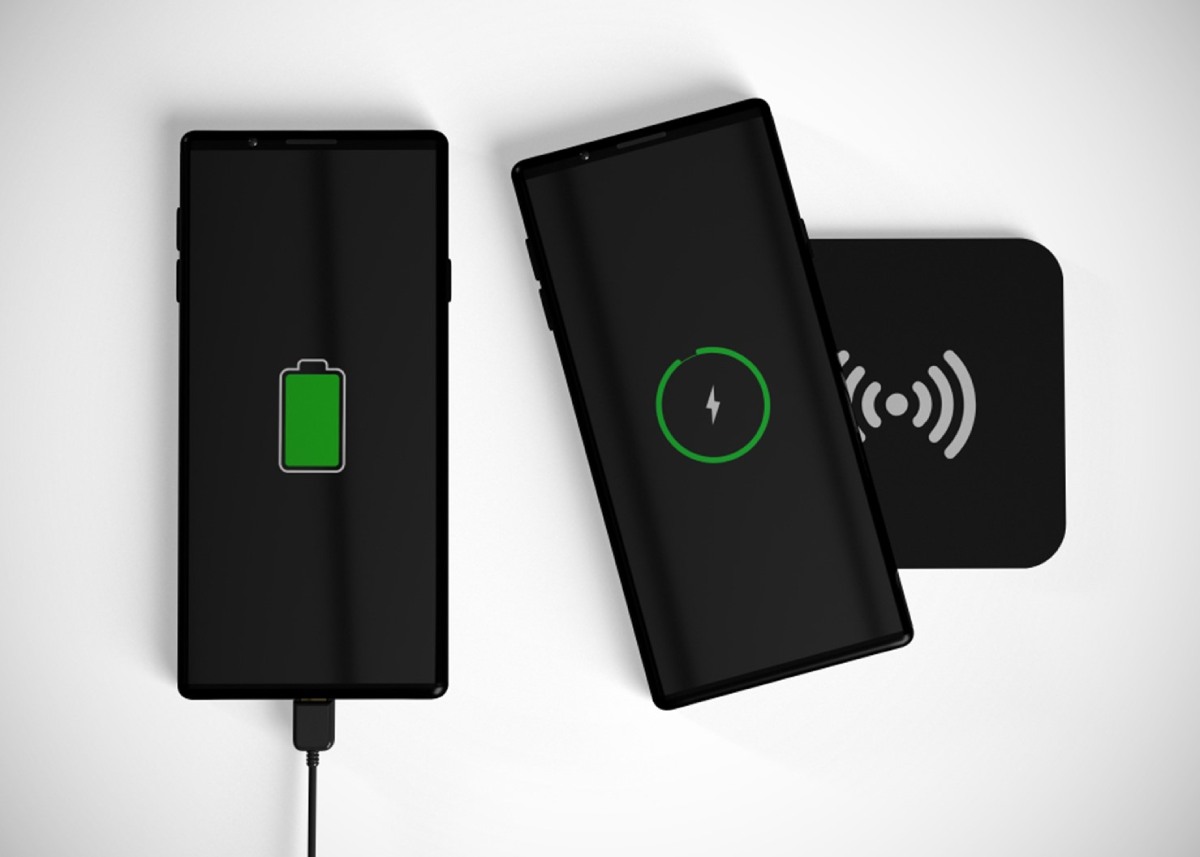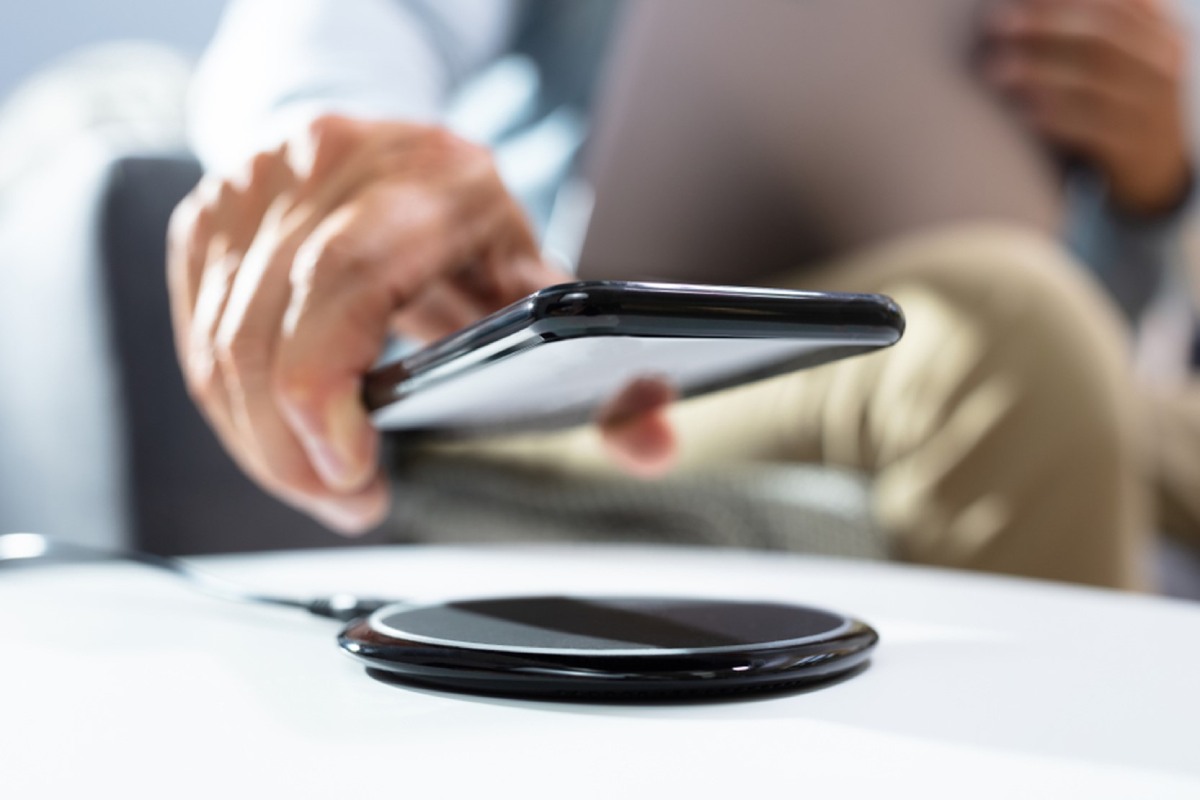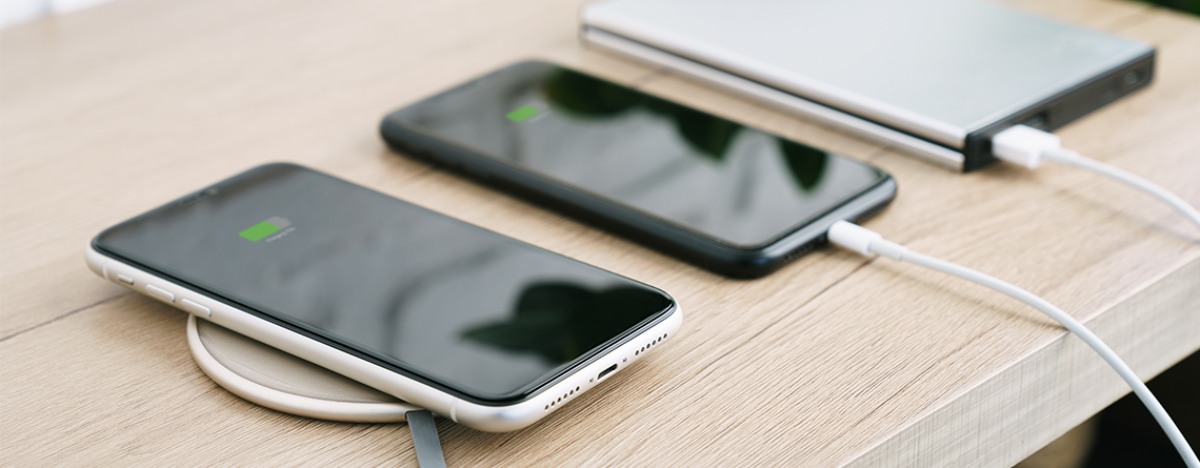Table of Contents
ToggleHow To Choose a Charging Method That Is Right for Your Tech
Wireless and wired charging are the two methods consumers use to power their smartphones. The recent invention of wireless chargers is giving rise to significant debates. Both wired and wireless chargers offer benefits and disadvantages, but which is better for charging your Android or iPhone 14?
Chargers and iPhone 14 cases are must-have accessories that consumers need. This article will help you understand how to choose a charging method.

Wireless vs. Wired Charging
With wired charging, consumers need a charging cable. The cable may need an adapter to plug into a wall outlet. You do have an option of bringing along power banks to charge your phone on the go. On the other hand, wireless powering uses no cable to plug in. It is favorable mainly because of convenience and there is one less cord to deal with.
Research shows that poll respondents charged their cell phones from 1.6 to 2.7 times daily. Even though wired chargers are more common for smartphone users, wireless ones are favorable over wired ones for many. By 2023, a research report predicts the wireless charging market will grow into a net worth of nearly $21 billion globally.
However, there are other factors to consider when using wired or wireless charging. Tech enthusiasts will most likely look at the speed of chargers, compatibility with attachments and energy consumption. It is important to note that wireless chargers produce electromagnetic waves or frequencies. Although it is not harmful based on research, wired charging is safer than wireless ones.
Wired Charging Pros and Cons
Despite the growth predictions of wireless charger, wired charging is here to stay since smartphone users continue to power their devices using a cable. Check out these pros to know more.
Pros:
- Faster way to charge smartphones
- Ability to use your phone while charging
- Cost-efficient replacement adapter and cable
- Allows you to know instantly if your phone is charging
- May last longer than a wireless-charged battery
Unfortunately, along with the pros, there will be cons to using wired technology.
Cons:
- Need to frequently replace adapter chargers and USB cords because of common wear and tear
- Adapter charger cables can easily damage when entangled with other cords
- Wired chargers can only be compatible with either an Android or iPhone
- Can cause some smartphones to overheat if not removed after fully charging
- Constant need to carry a long cable to recharge your phone
Wireless Charging Pros and Cons
Wireless charging continues to grow in popularity. In response to this popularity, Apple created MagSafe technology for its iPhone 12 through 14 series wireless chargers. Now, the market is in demand for compatible accessories, including MagSafe case products. With every charging device, there will be advantages and disadvantages. Wireless chargers are no exception.
Pros:
- Convenient to pick up your smartphone when needed
- Prevents electrical shocks from exposure to sockets and cable connectors
- Reduced wear and tear of the smartphone’s data interface
- The one-size-fits-all charging pads can power Androids, iPhones and other devices
Cons:
- You can’t always use your smartphone while charging
- Costs of wireless chargers are pricier than wired chargers
- Takes longer to charge your phone compared to wired chargers
What Is Right for You?
Of the two charging methods, wired charging is dominant among smartphone users. There are pros and cons to using a wireless charger or a wired charger, so the best advice is to opt for technologies supported by your smartphone. Regardless of the benefits and disadvantages, there is no winner between the two. Depending on the charge device type, it is more about how long it takes to power your phone and its supporting standards.
The pros and cons listed can help you decide when to power your smartphone with which method. For instance, use wired charge during the nighttime while you are sleeping. The office may be a preferred place to utilize your wireless charger. Ultimately, make a decision based on your lifestyle, knowing where and when to use either method.

Increasing the Life of Your iPhone Battery
Maximize the life expectancy of your smartphone battery. Continuously overcharging devices can affect the longevity of the batteries. Remove your phone from the charger when completely charged. If the battery is hot, it can damage your phone.
Increase the life of the iPhone battery by dimming the light on the screen. Lower the brightness to your satisfaction. Another thing you can do is to set the phone to power-saver mode. Remove power-draining apps and turn off or reduce notifications. Remember to store your phone at room temperature. Over time, heat, dampness and coldness can drain the battery and decrease longevity.
Also Read: How To Get The Best Real-Time Exchange Rates?
Use Both Charging Methods
It is pointless to debate which method is better for consumers: wireless charging vs. wired. All iPhones and Androids come with an adapter charger and cables for charger devices. Wireless chargers are trendy accessories but are not necessarily required. It is up to you to decide which is more convenient and economical. Having other means of charge your phones is beneficial should your adapter become nonoperational.
Related posts
Hot Topics
Prioritizing Tasks: A Student’s Guide to Efficient Workload Management
Staying on top of coursework, assignments, revision lessons, extracurricular activity, and socialising often feels like attempting to keep several balls…
3 Ways in Which Small Businesses Can Optimize the User Experience of their Corporate Website
When it comes to improving the user experience of your corporate website, you should be aware that this is not…



